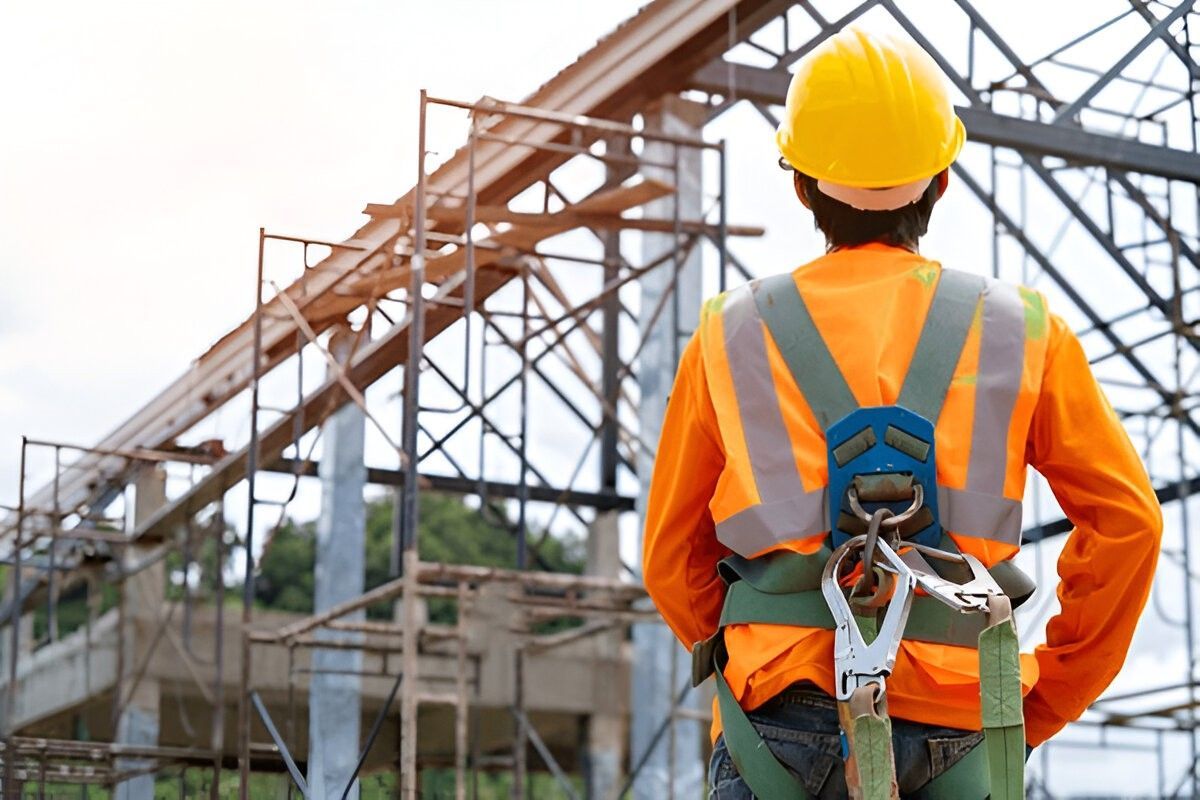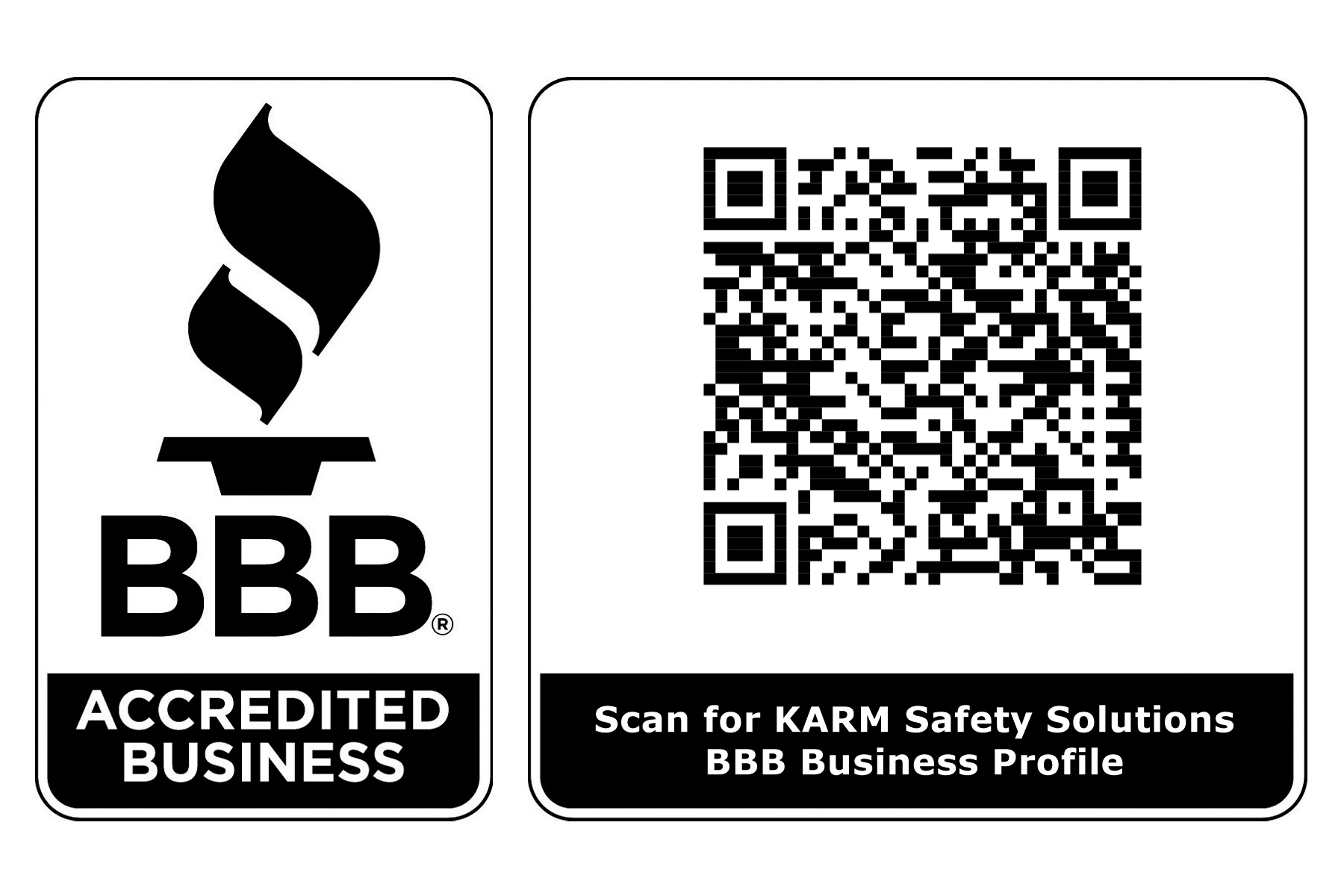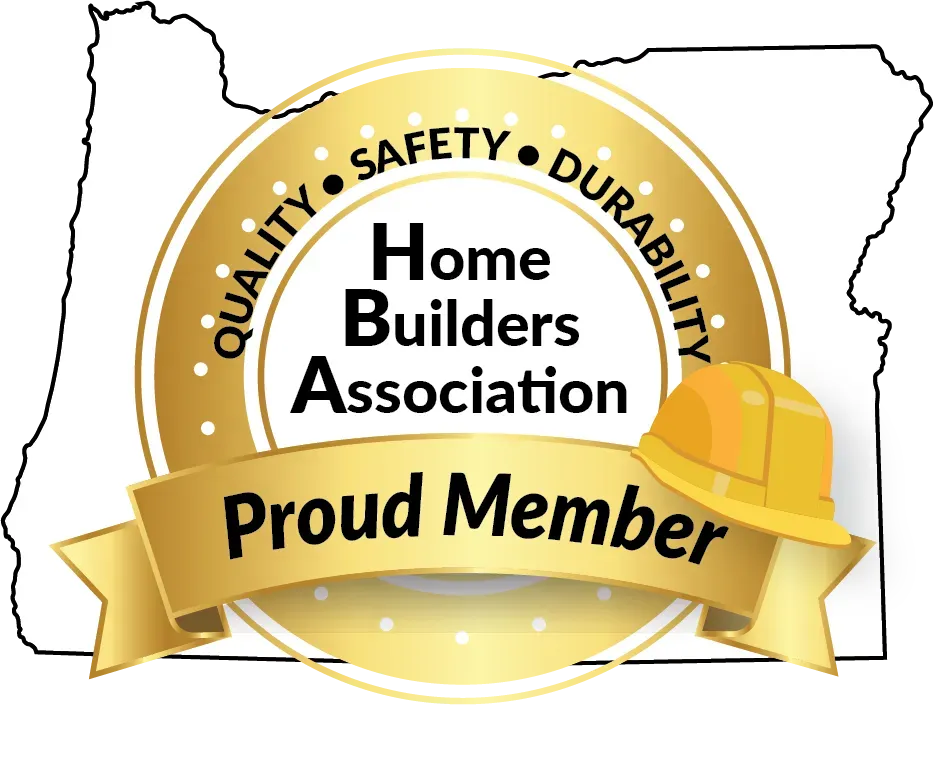Forklift Licensing Rules: How Old Must You Be to Operate a Forklift
Operating a forklift is a critical task that requires a significant level of responsibility. To ensure the safety of both the operator and others in the workplace, there are strict regulations governing who can operate forklifts. One of the first questions that often arise when discussing forklift operation is: how old must you be to operate a forklift? The answer isn't just a matter of age; it involves meeting both legal and safety standards set by regulatory bodies such as OSHA (Occupational Safety and Health Administration).
Minimum Age Requirements for Forklift Operation
The legal age requirement to operate a forklift in the United States is generally 18 years old. According to OSHA standards, individuals under 18 are prohibited from operating forklifts or any other powered industrial trucks in most cases. This regulation ensures that young workers do not engage in tasks that could expose them to unnecessary risks, particularly in industrial and construction environments where forklifts are often used.
However, the minimum age requirement is only one part of the equation. OSHA requires that forklift operators must also undergo formal training before they can operate any powered industrial vehicle. The training must cover both theoretical and practical components, ensuring that the operator understands the equipment, its safety features, and proper operation procedures.
Why Age Is Just the Starting Point
Though age is a primary consideration, meeting the legal minimum age does not automatically qualify someone to operate a forklift. Forklift operators must complete a comprehensive training course that adheres to OSHA standards. The training ensures that operators are not only legally compliant but also skilled and aware of the hazards associated with forklift operation.
Additionally, some employers may have more stringent requirements based on the nature of the work environment. In certain industries, such as construction, additional certifications may be required for workers to operate forklifts, even if they are of legal age.
Forklift Safety and Training Certification
The importance of OSHA-compliant forklift training cannot be overstated. The training course is designed to educate operators on the basics of forklift operation, safe driving practices, load handling, and how to conduct daily inspections. Operators will also learn how to identify potential hazards and respond accordingly. As part of this training, operators are required to pass both a written and a practical exam to receive certification.
Employers are required to evaluate each operator at least once every three years to ensure that they are still fit to operate the equipment safely. The need for periodic assessments is crucial to maintaining high standards of safety in environments where forklifts are used.
Do You Need a License to Drive a Forklift?
In most cases, forklift operators are not required to obtain a separate "license" in the way that drivers must get a traditional driver's license. However, as mentioned earlier, they must complete a formal forklift training program that meets OSHA's regulations. This training results in a certification that verifies the operator has completed the necessary steps to safely operate a forklift.
The training requirements vary depending on the type of forklift being operated. There are several types of forklifts, including counterbalance, reach, and pallet trucks, each of which requires different training. It is crucial that operators receive training specific to the type of forklift they will be using.
Understanding Forklift Licensing Requirements and Age Restrictions
Ensuring a safe and compliant workplace is essential for businesses. Comprehensive training programs help employees meet the necessary standards for operating forklifts safely and efficiently. OSHA-compliant training ensures that operators stay up to date with certification requirements.
For those wondering do you need a license to drive a forklift, proper training and certification are required to operate forklifts safely and in compliance with regulations.
In The End:
Operating a forklift requires more than just meeting the legal age requirement. You must ensure that employees are well-trained and capable of handling the responsibilities that come with operating such powerful machinery. If you're looking for a reliable, effective way to get your team trained, reach out to KARM Safety Solutions for all your forklift training needs. We're here to make sure you stay compliant, safe, and ready to handle any challenge.
Contact KARM Safety Solutions today to schedule your OSHA-compliant forklift training and certification courses. Stay safe and compliant with our expert guidance.













